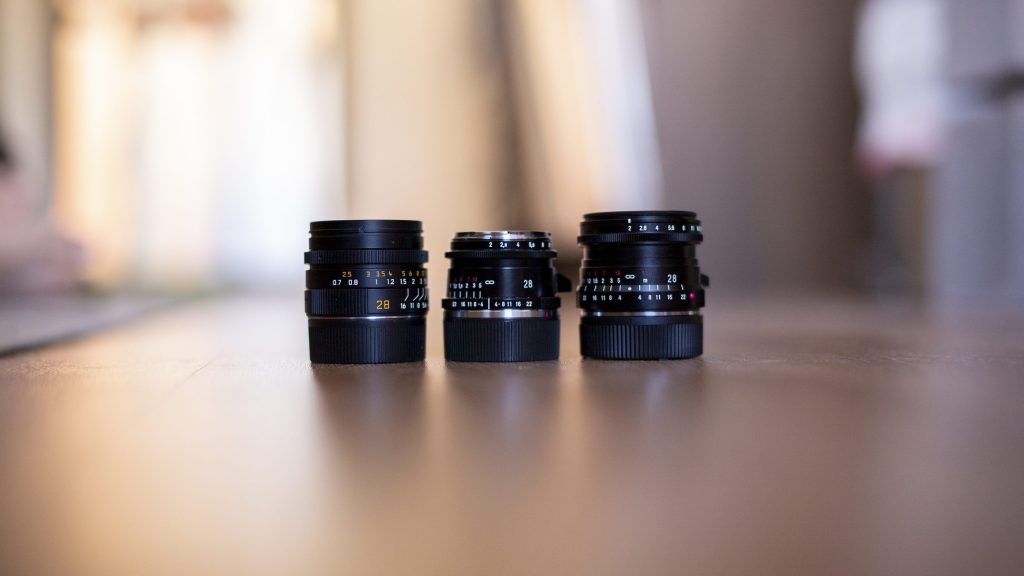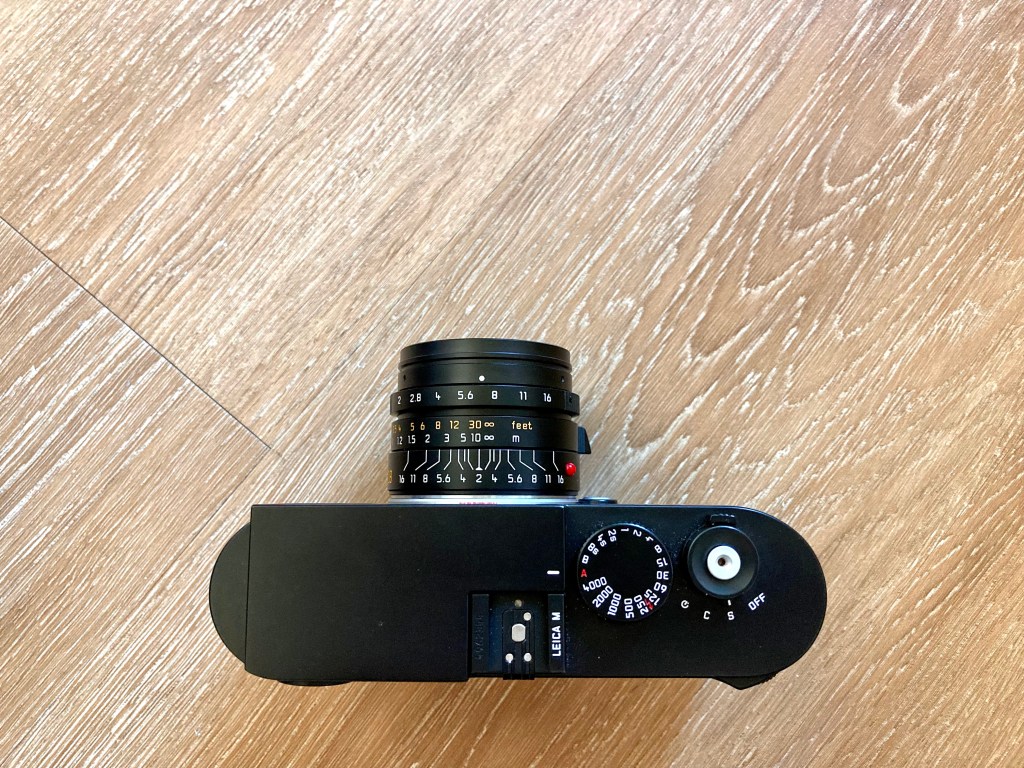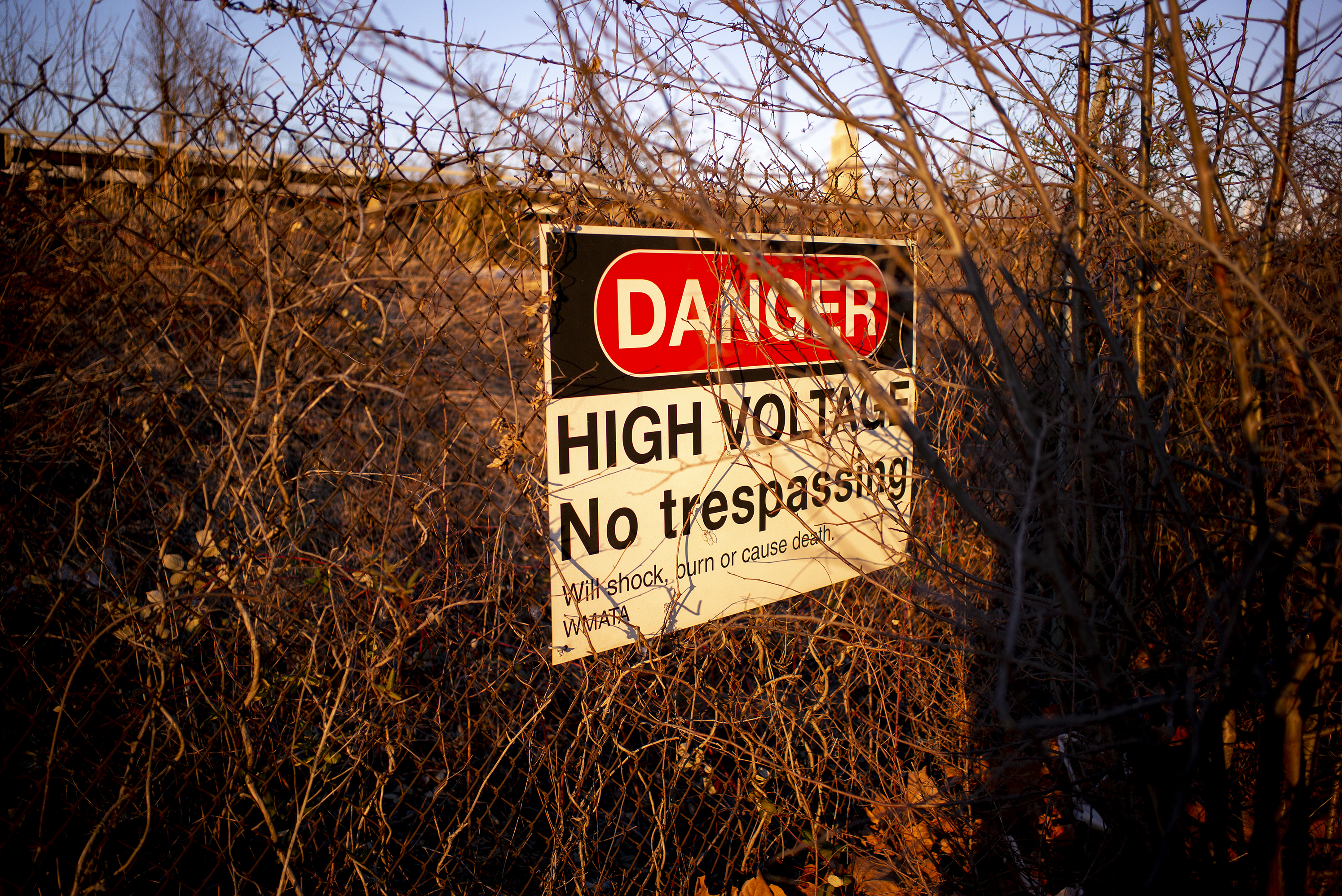For years, the Voigtlander 28mm Ultron I was one of my favorite 28mm lenses. Its compact size and solid image quality, combined with a low price point, kept it in my camera bag without much hesitation. It wasn’t until I picked up a Leica Q a few years ago that my Ultron I started to collect dust. Alas, for reasons I can’t quite explain, I sold the Leica Q this month. Though the Leica Q incorporates one of the best 28mm lenses I’ve had the pleasure of using, I wanted something different. Ultimately, I wanted an M-mount 28mm lens that I could use with the Leica M system, rather than an auto-focus camera + lens combo that I used in conjunction with the M system. Again, I can’t explain it.
Anyway, I sold the Q and found a good deal on a Leica 28mm Summicron ASPH (11604 1st version). After I received the Summicron, I started to read more about the Ultron II. Many folks out there were praising this lens, going so far as saying it’s better than the Summicron. I was intrigued. So, like any curious photographer, I decided to grab a copy and put together a quick comparison.

Build, Size & Weight
The Voigtlander 28mm Ultron II is a solid little lens. In fact, all three of these lenses are sturdy little gems. The Ultron II is much smaller and lighter than the Ultron I, with the Summicron ASPH being somewhere in the middle. As you can see in the photos above and below, the Ultron II is much more compact than the ‘Cron and Ultron I.
The compact size of the Ultron II is quite remarkable. I’m not quite sure how Voigtlander crammed such a well performing f/2 lens into a small, sturdy design, but they did.



Handling
Overall, the Ultron II handles very nice and incorporates some subtle upgrades compared to the Ultron I. I always found the aperture “clicks” of the Ultron I to be very stiff, meaning each half-stop click almost felt locked into place. The aperture ring of the Ultron II, on the other hand, turns more freely. Voigtlander did a great job with this improvement.
The focus throw of the Ultron II feels a touch bit shorter than the Ultron I, though I didn’t measure this scientifically. The focus ring on the Ultron II rotates very smoothly. I would say there is slightly more resistance when turning the focus ring compared to the Ultron I, but this could be due to the fact that my Ultron I copy is several years old. The focus tab of the Ultron II is also “sleeker” than the Ultron I, in my opinion.
With that said, I prefer the handling of the Summicron. The focus ring of the Ultron II, while very smooth, is more resistant. Not stiff, per se. The Summicron focus ring just is more responsive than both Voigtlander lenses. The focus throw of the Summicron is also a touch shorter than both Voigtlander lenses.
Finally, I feel that the overall design of the Summicron factors into its favorable handling. The Summicron’s design is more minimal – the edges are sleeker and it doesn’t have any unnecessary flair like the Voigtlanders. No chrome finish. No vintage/classic design elements. I’ve never been a fan of Voigtlander’s vintage/classic design elements, both from a visual and handling perspective, and if anything this is my biggest criticism of the Ultron II (and all of Voigtlander’s M lenses).

Bokeh
The bokeh differences are minimal between all three lenses. The Ultron I and II bokeh looks very similar. The Summicron has slightly smoother bokeh, IMO. I’ve never been one to zoom in and compare bokeh characteristics, honestly, so I’ll leave it at that.



Focal Length, Coding and Other Considerations
While reviewing side-by-side images of all three lenses, I noticed something interesting: the Leica 28mm Summicron ASPH (11604) appears to be a touch bit wider than the Ultron II. At first, I thought maybe the camera was just framed differently, but after looking at several different scenes, my honest opinion is the Summicron ASPH is a little bit wider. Could just be me, but the FOV looks just a teeny bit different.
The Ultron I and II do not have 6-bit coding. The Summicron ASPH does has 6-bit coding. This might not matter to some folks, but it’s a difference to keep in mind. I like 6-bit coding as a historical tool to help me remember which lens I used days/weeks/years down the line.
Image Quality
So, this is the big question, isn’t it? Is the IQ of the Ultron II better than the Ultron I? Better than the Summicron? I’ll answer the easy question first: yes, the Ultron II is overall a better performing lens than the Ultron I. It’s a bit sharper, vignettes a bit less, and has nicer looking corners. To be fair, the Ultron I wasn’t bad, and the Ultron II isn’t miles ahead, but overall, the IQ is improved.
The more difficult question is: how does the Ultron II compare to the Summicron? Before I answer that, here are two photos. One was taken with the Summicron and the other with the Ultron II. The subject distance (1 meter, I think), ISO (1600), shutter (1/500) and aperture (f/2) are the same. Lens detection was turned off for this scene (and the other comparisons in this post). Can you tell the difference?


It’s difficult, right? One would expect a $900 lens to look noticeably worse than a $2500+ lens, but that isn’t the case. I feel there are subtle differences between the Ultron II and Summicron. For example, the Summicron has slightly smoother bokeh, vignettes a touch bit less, and has an overall more consistent exposure across the entire frame. Sharpness? They’re both superbly sharp. Corner performance? Very similar. Interestingly enough, I found the Ultron II to have more contrast and vibrant colors than the Summicron. My honest answer is the Summicron ASPH has a small edge over the Ultron II, and one wouldn’t notice these differences unless they were trying to justify buying the Leica.
And yes, pretty much all of the comparison images are shot at f/2. I’m one of those photographers who shoots wide open almost exclusively, especially on a wide-angle lens. Hence, I’m mostly concerned about lens performance wide open.
(As a side note, for the comparison photos, I turned off the lens profile detection on my 262 when the Summicron ASPH was attached)















Takeaway
Going into this comparison, I expected the Summicron to be a clear “winner.” It’s a Leica lens and costs more, so it certainly must be better. Right? Not quite. Voigtlander has outdone themselves with the Ultron II. I’ve used most of the modern Canon/Nikon/Sony/Zeiss 28mm lenses out there, and I can honestly say the Ultron II is easily one of the best 28mm lenses on the market. This lens is small, has amazing IQ, and is relatively cheap compared to the Summicron. It’s also a clear improvement over the Ultron I.
Overall, which lens is better? It really comes down to preference. Personally, do I prefer the Summicron over the Ultron II? Yes. Does this mean the Ultron II is worse, or the Summicron is much better? No.
While the Summicron isn’t a clear winner in the IQ department, neither is the Ultron II. Likewise, the 28mm Summicron pairs very well with any digital Leica M body. The minimal design of an M body goes hand-in-hand with the minimal design of the 28mm Summicron. In my opinion, the Summicron handles nicer, looks better, delivers smoother bokeh, vignettes less, has a more consistent exposure across the entire frame, and produces amazing images.
The bottom line?
If you can afford the Summicron ASPH, want the Leica name, and need the minimal gains such a lens provides, then that’s the way to go. If want to save some cash and would like to own one of the best 28mm lenses out there, get the Ultron II. It’s currently one of the best values out there for the M system. If you’re looking to adapt this lens to, say, an A series Sony camera, then I’d recommend going with the native Sony 28mm f/2 – that is also a great 28mm in its own right. If you’re looking for what I consider to be the best 28mm and don’t mind a camera & lens AF combo, then Leica Q is the way to go.
Quick Disclaimer: Making these reviews/write-ups is a hobby, and my attempt of contributing something useful to the photographic community. All costs of securing the equipment I discuss comes out of my pocket. If you found this review/write-up useful, please consider making a donation via Buy Me a Coffee. As always, thank you for visiting and don’t forget to turn off your computer or smartphone and take some photos!
Image Samples
(all Ultron II w/ Leica 262 or 240 @ mostly f/2)




























